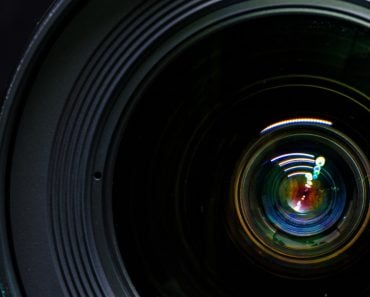Table of Contents (click to expand)
A strobe-like effect is a perceptible flicker in seemingly perfectly functioning LED lights when viewed through a camera.
Have you ever seen an LED bulb making a flickering image in your camera, but running normally when viewed directly?
If not, try this very easy experiment. Switch on your smart phone camera and point it towards a source of LED lights. If you have a car with daytime running lights, this strange phenomenon can easily be observed when viewed through a smartphone camera.
LED lights flicker at rates that are imperceptible to the human eye.
As a hobbyist automotive journalist, I’ve come across multiple photographers tugging out their hair in annoyance when a car’s lights appear to flicker. Frustrating as it may be to photographers looking to capture beautiful shots of their fancy rides, it’s rather simply explained as a conflict of two phenomena.
Recommended Video for you:
What Is The Strobe Effect?
If you were to flip through your old physics books, you would come across a human tendency known as the “persistence of vision”. We continue to perceive things, even when they cease to be in front of us. This results in us being able to see events as continuous, rather than a set of discrete still-shot images.

LEDs turn on and off at a very high frequency that is imperceptible to the human eye. Due to this, we see lights as being ON, until we actually put the switch off.
Similarly, videos are actually a series of images captured in rapid succession. These images are captured at a blistering rate measured in frames per second or FPS. When played together, this persistence of vision tricks our brain into seeing the events on screen as one continuous fluid motion.
When the FPS exceeds the frequency of LED switching, the flickering is shown on screen as an apparent malfunction. This is known as the strobe effect.
Why Do LEDs Turn On And Off In The First Place?
Flickering refers to the rapid switching of an LED between its on and off states. Whether they flicker or not is dependent on the nature of the current being supplied to them.
LEDs that flicker usually do so at imperceptibly high rates and are therefore not visible to the naked eye. Therefore, you can rest assured that any flickering visible on camera is in fact the light operating normally. The only blinking that should be a cause of concern is when it is visible to the unaided eye.
However, to say that they flicker at all times while operating is a very broad statement.
Direct Current (DC) Supply
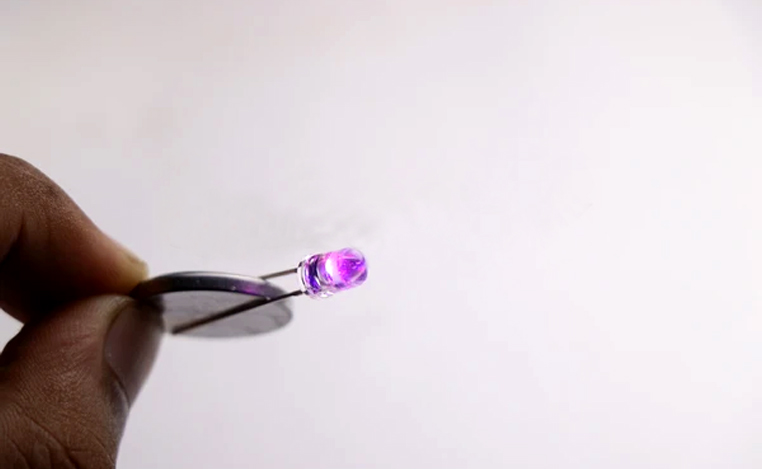
When direct current is supplied to an LED, let’s say by means of a battery; the electrons in the diode are always in an energized state. Due to this, they keep releasing light energy and remain switched on, until the circuit is broken.
An LED supplied by a DC source would not appear to be flickering when viewed on camera.
Alternating Current (AC) Supply
An alternating current is usually supplied from sources like wall sockets. By its nature, an alternating current switches on two times and off 3 times in one cycle. Thus, the energized electrons return to their shells 3 times by expending all their energy as light, only to be energized again. Due to this, an LED light connected directly to an alternating current supply would appear to be flickering in a video.
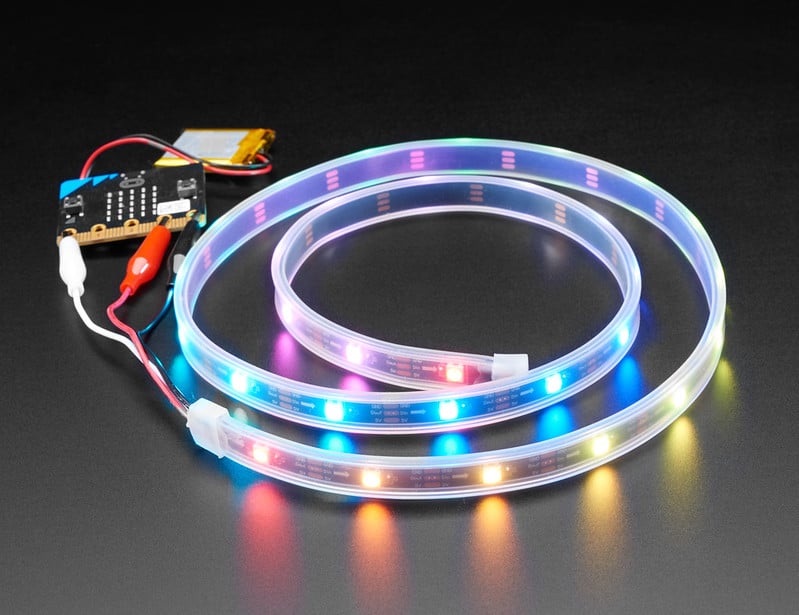
However, it’s not feasible to connect LEDs directly to AC currents, as their life reduces dramatically due to cycling between states. They are thus connected to regulators known as ‘drivers’, which convert AC to DC, before routing them into the light. An LED functioning through a driver does not exhibit flickering.
Pulse Width Modulation (PWM)
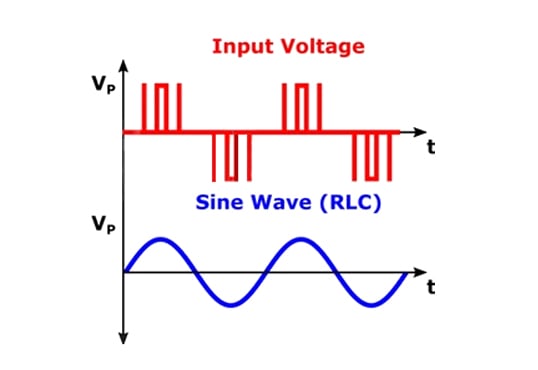
With the evolution of transmission technology, on-camera flickering of LED lights cannot be attributed only to AC or DC power supply.
It’s possible for LED lights powered by drivers to exhibit flickering. In order to achieve a reduction in power consumption, the power supply can be bundled into discrete pulses of current, instead of a continuous power supply. This results in flickering similar to that observed in alternating current. This is known as pulse width modulation. Pulse width modulation is commonly employed in dimming lights and automotive daytime running lights.
Can Flickering Be Stopped?
It would be quite unhelpful to stop the flickering itself; however, the irritating strobe effect is what we attempt to eliminate.
While eliminating the strobe effect is a task of incredible precision, it’s easily reduced by adjusting the frame speed and shutter speed to multiples of the frequency of the AC current.
Except in America, alternating current is supplied at the rate of 50 Hz, which implies that the current will change its state between on and off 50 times in one second.
By adjusting the camera parameters, namely shutter speed and frame rate to values that are multiples or fractions of 50, a significant reduction in strobe effect can be achieved.
Some LEDs are provided by drivers that can adjust the flickering by adjusting their on/off cycle. By adjusting their flickering rate to exceed the frame rate of the camera, the strobe effect can be effectively eliminated.
Do Incandescent Bulbs Also Flicker?
Like LEDs, filament bulbs also turn on and off with the throes of alternating current. That said; the filament within the bulb does not cool down sufficiently during the ‘off’ state in a way that would show in any significant way on camera.
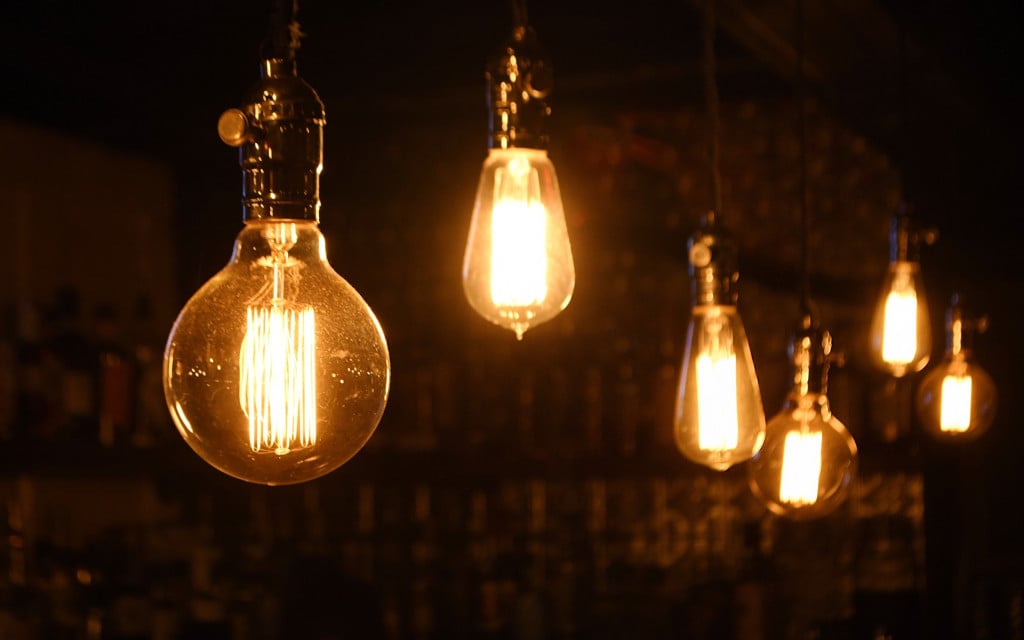
Hence, it wouldn’t be possible to see incandescent bulbs flicker on camera.
So, the next time you see LEDs flickering on video, you will know better than to pull them out of their housings in frustration to have them repaired. After all, why repair something that’s not broken in the first place!
References (click to expand)
- Peterson B. (2016). Understanding Exposure, Fourth Edition: How to Shoot Great Photographs with Any Camera. Clarkson Potter/Ten Speed
- Taylor D., Hallett T., Lowe P.,& Sanders P. (2015). Digital Photography Complete Course. DK Publishing
- Alonso J. M. (2019). Led Lighting and Drivers. Amazon Digital Services LLC - KDP Print US




